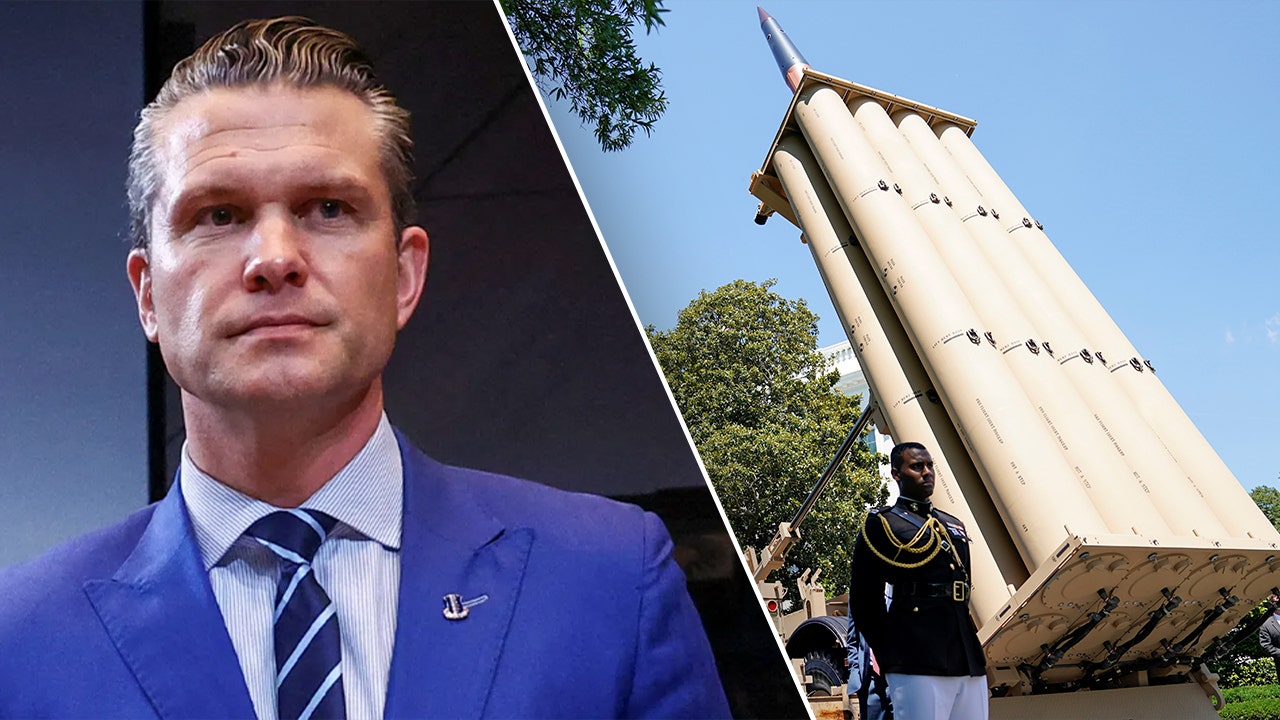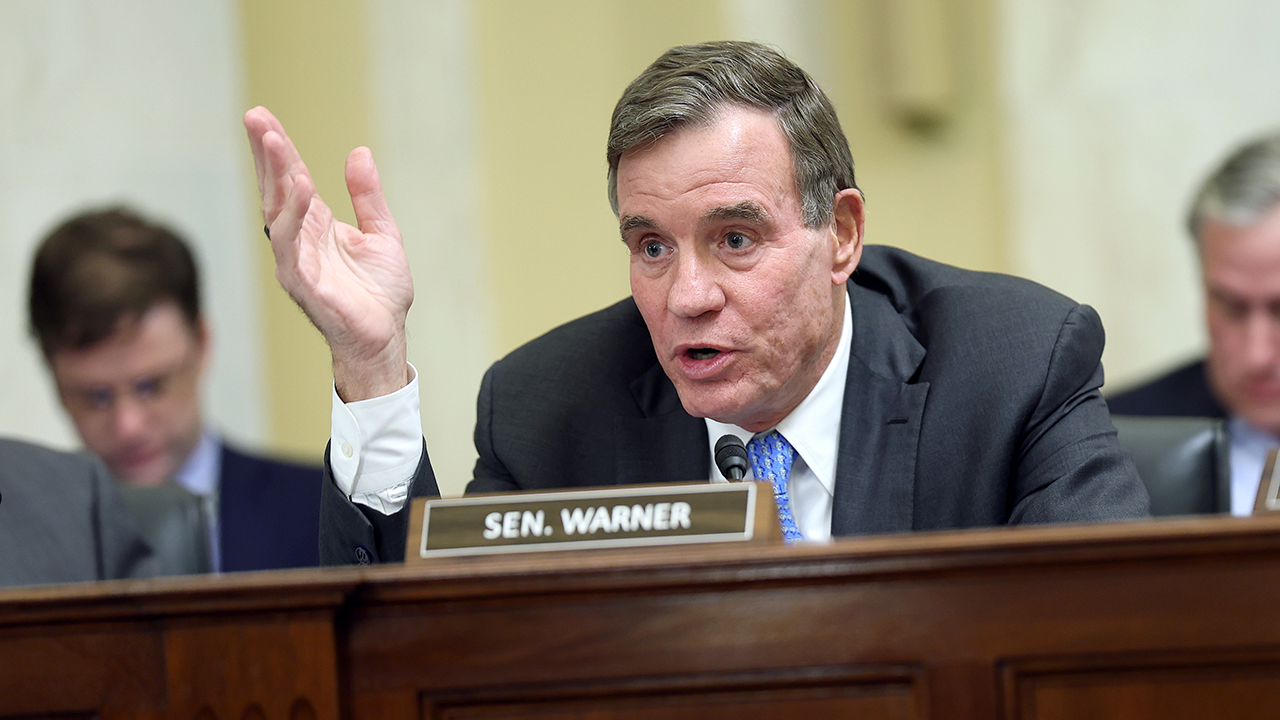Hegseth orders Army overhaul to counter China, boost space and missile defenses

Defense Secretary Pete Hegseth issued a groundbreaking directive on Wednesday, mandating a comprehensive transformation of the Army to better position it for great power competition. The directive, which focuses on countering China, enhancing space and counter-space capabilities, and advancing the Pentagon’s Golden Dome strategy, aims to streamline the Army by phasing out outdated systems, restructuring commands, and expediting the adoption of new technologies.
One of the key directives in the memo is the consolidation of Army Futures Command in Austin, Texas, with Training and Doctrine Command in Fort Eustis, Virginia, as well as the merging of Forces Command, U.S. Army North, and U.S. Army South. This move is intended to create a more efficient and responsive organizational structure within the Army.
“To build a more agile and lethal force, the Army must undergo rapid transformation by divesting from obsolete, redundant, and inefficient programs, while also revamping headquarters and acquisition processes,” Hegseth emphasized in the memo.
The memo also outlines a shift in focus towards long-range precision fires, air and missile defense, cyber capabilities, and counter-space technologies in alignment with the Administration’s strategic priorities. The Army is tasked with deploying long-range missiles capable of targeting mobile land and sea assets and achieving dominance in electromagnetic and air-littoral domains by 2027, particularly in the Indo-Pacific region.
In a move to modernize its fleet, the Army will reduce manned attack helicopter units in favor of cost-effective drone swarms and streamline general officer positions to enhance operational efficiency at the command level.
Furthermore, Hegseth has called for the integration of AI-driven command and control systems at various levels of command by 2027, along with an expansion of 3D printing capabilities for weapon production. The memo also emphasizes the need for increased presence in the Indo-Pacific region and enhanced joint exercises with regional allies.
To optimize resource allocation, the Army will terminate procurement of outdated systems, discontinue ineffective programs, and reevaluate contracts to shift towards capability-based funding models. Additionally, provisions for right to repair and performance-based contracting will be implemented to minimize wastage and improve efficiency.
In conclusion, Secretary Hegseth’s directive signifies a significant shift in the Army’s operational paradigm, prioritizing modernization, efficiency, and strategic alignment with national defense priorities. The reforms outlined in the memo are poised to bolster the Army’s readiness and capabilities in an era of evolving security challenges.




